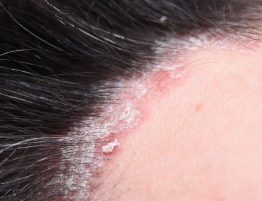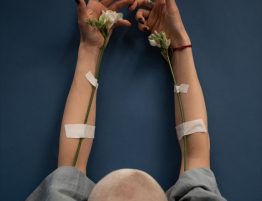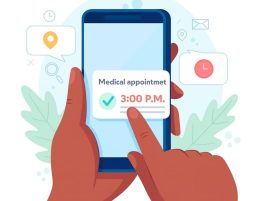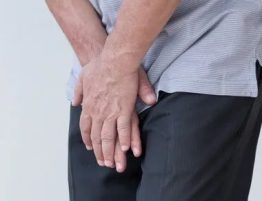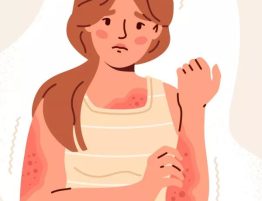
Kaposi’s sarcoma is a type of cancer that forms in the lining of blood and lymph vessels. The tumors (lesions) of Kaposi’s sarcoma typically appear as painless purplish spots on the legs, feet or face. Lesions can also appear in the genital area, mouth or lymph nodes.
The underlying cause of Kaposi’s sarcoma is infection with a virus called human herpesvirus 8 (HHV-8). In healthy people, HHV-8 infection usually causes no symptoms because the immune system keeps it under control.
In people with weakened immune systems, however, HHV-8 has potential to trigger Kaposi’s sarcoma.
Types of Kaposi’s Sarcoma
There are four types of Kaposi’s Sarcoma;
- Epidemic/AIDS-associated – this is the most common kind. It affects people who have HIv. It’s known as an AIDS-defining illness because it’s on the CDC’s list of conditions that mean someone’s HIV infection has become AIDS.
- Classic – this type affects older men of Mediterranean, Middle Easter, or Eastern European descent.
- Endemic – children and young people from Africa get this kind of KS
- Immunosuppressive – this kind affects people who have had organ transplants and take drugs that slow down their immune system.
Symptoms
The most visible signs of KS are lesions on the skin; flat, painless spots that are red or purple on white skin and bluish, brownish, or black on dark skin. Unlike bruises, they don’t change color when pressed. They aren’t itchy, and they don’t drain. They’re not dangerous.
New spots may show up each week. For some people, these lesions change slowly. They may grow into raised bumps or merge together.
When KS spreads, it can be life-threatening. A person may have;
- Trouble eating or swallowing
- Upset stomach, vomiting, and belly pain from bleeding and blockages
- Severe swelling in the arms, legs, face or scrotum
- Serious coughing or shortness of breath
Treatment for Kaposi’s Sarcoma
The treatment will depend on how many lesions a person has, how big they are, where they are, and how well a person’s immune system is working.
In many cases, antiretroviral therapy is the best way to treat Kaposi’s sarcoma. It may even clear up skin lesions. If a person just has a few lesions, the doctor can cut or freeze them off. It’s not a cure for KS, but it can make the skin look better.
If they have lots of lesions or the virus is affecting many areas of their body, they might need to get radiation therapy. This kills the cancer cells or keeps them from growing.
If it has spread, they will need medication that goes through the whole body to kill cancer.
What We Offer
We at Almurshidi Medical Tourism will find the best doctors to cater to your needs. We are partnered with a wide network of hospitals and clinics that provide top quality medical experience.
We provide free medical estimates, make medical appointments, and provide several medical opinions if needed at no cost.
Contact Us
For more information contact us at +66822004040 or via WhatsApp


